3 key steps for an effective IP Strategy
In the current economical context, starting or growing a business will undoubtfully raise the question of financing and securing the investments made into the business.
Sooner or later, this will lead to drawing business projections in a competitive environment with a logical market assessment and focus on one’s own Unique Selling Points (USPs). This will enable to determine the future sustainability of your company and logically raise interest from potential investors.

How can you promise to your investors that you will be able to deliver according to your projections?
Besides mastering the core technical aspects of your business line, securing intangible assets through IP rights is an inevitable step for reassuring investors. By registering the technical and marketing elements you consider being your company’s USPs, you ensure that these assets belong to the company for the future.

1. Define business goals that may be secured into IP rights
The first step of a good IP Strategy is hence to secure ownership of your intangible assets.
This being easier said than done, here is a list of what your main executives can start with:
• Define goals in your corporate identity and product development over the coming 5-7 years, so that your IP strategy can be aligned to those plans.
• Set priorities in terms of material and geographical scope of anticipated business development; this can be done by listing the top 5/10/20 countries of interest for your key products/brands or by framing the technological development aimed at; a market study and competitors assessment may be helpful to find your niche or define priorities.
• Assign an adequate budget to the IP activities needed to support your plans. With the help of an IP attorney, it is possible to spread costs related to IP over a longer period of time and associate it with ROI, for this line to become an investment rather than a cost center.
• Work closely with an IP attorney to set-up an ad hoc IP Strategy that clearly outlines your ambitions to your internal and external stakeholders. This will serve as a roadmap to register all necessary and useful patent, trademark, design and domain name rights in your key markets.

2. Organize your acquisition campaign
In the rolling-out phase of an IP Strategy, a certain alignment will be required within the organization. Ideally, your IP Strategy should be endorsed by the company’s top management, so as to ensure a “top-down” approach throughout the business.
The following processes to achieve alignment may be useful to apply:
• Communicate goals of the adopted IP Strategy and strike out benefits in terms of business sustainability.
• Secure secrecy of technical developments to the minimum necessary team; implement “non-disclosure” strategies and rules inside the R&D teams until a patent is filed.
• Align product lines and marketing & communication teams on corporate identity and branding elements; implement Branding Guidelines for consistency.
• Prioritize filing campaigns and align commercial development to markets where IP assets are secured.
• Share any possible product evolution with your IP attorney for adapting the protection. Prepare for future challenges by sharing any possible concerns over internal delays or third-party presence with your attorney.

3. Keep a close eye on your main stakeholders
Finally, as your company is active within an ecosystem regrouping various important actors, such as your suppliers, your competitors, your distributors and eventually also unauthorized users of your IP rights, it is vital to keep an eye on their activities and organize your offensive and defensive actions.
A diligent surveillance through various IP watching services enables you to gather the necessary intelligence and organize your response to triggers coming from the ecosystem.
PRINS notably offers the following automated tracking services:
• trademark watching
• domain names surveillance
• online brand protection (OBP) services
• competitor’s watching

